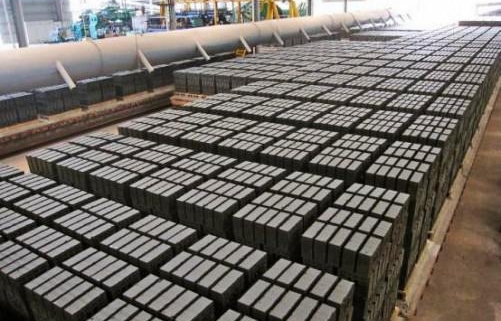1. Light ceramsite made of sludge
A ceramsite company in Kunming introduced advanced domestic technology and used Dianchi sludge as a raw material to develop high-quality artificial light aggregates–ceramsite and ceramsite hollow brick. Among them, the proportion of sludge in raw materials is as high as 30% to 40%. This kind of ceramsite hollow brick replaces the ordinary clay sintered solid brick, which not only saves land, but also saves energy and steel. At the same time, it also reduces pollution in Dianchi Lake, thereby improving comprehensive benefits and turning waste into treasure.
2. Sludge replacing asphalt fine aggregate
After a large number of experimental studies, the Sewer Bureau of Tokyo, Japan has shown that the asphalt mixture mixed with sludge ash is equivalent to the mixture made of traditional materials. Compared with the previous method which only used cement as raw material for cement, the new method can save an average of 10 million yen in cost per year, and can also reduce 9 tons of emissions per year carbon dioxide.
3. Use of other building materials
Melting sludge into molten stone: The dried sludge cake is quantitatively sent to a surface melting furnace for combustion (temperature up to 1300 ° C), and the resulting slag is cooled and solidified to become glassy, and then heat-treated in a crystallizing furnace to make the slag Modified from glassy to crystalline. This molten stone can replace crushed stone, stone, etc., and is used as a subgrade, pavement, concrete aggregate and sewer liner. There are also studies that use sludge to replace part of the sand for the preparation of concrete. Studies have shown that replacing the appropriate amount of sand with pipe trench sludge after drying, crushing and sieving will not directly affect the mechanical properties and durability of the concrete.



